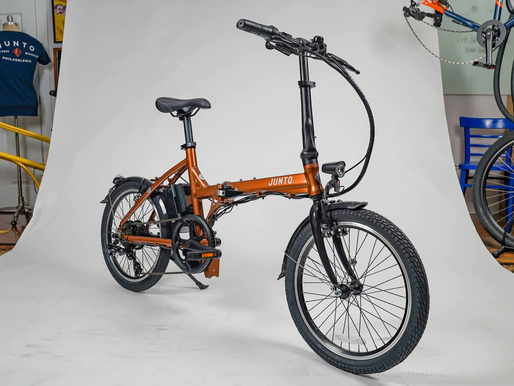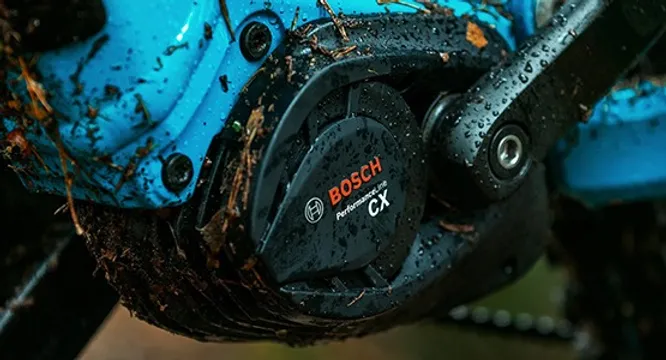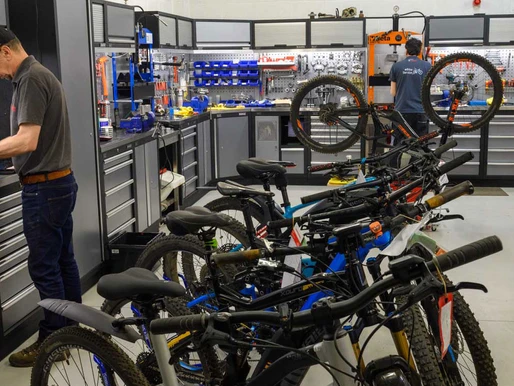Electric Bikes vs. Traditional Bicycles: Which One is Right for You?
Choosing between electric bikes and traditional bicycles can feel overwhelming, especially with so many options on the market. Both types of bikes offer unique benefits, and the right choice depends on your lifestyle, fitness level, and transportation needs. Whether you’re a daily commuter, a weekend warrior, or someone simply looking for a fun way to get around, this guide will help you decide between an e-bike and a regular bike. With the plethora of choices in today’s market, making an informed decision is crucial to selecting the best electric bike for your needs.
Introduction to E-Bikes

Electric bikes, commonly known as e-bikes, are revolutionizing how we ride. These innovative bikes have an electric motor that provides pedal assist, making tackling steep hills and long distances easier. E-bikes have surged in popularity due to their convenience, efficiency, and eco-friendly nature. They are perfect for commuting, running errands, or simply enjoying a leisurely ride. Whether you’re a fitness enthusiast looking to extend your ride time or want a fun and practical way to get around, e-bikes offer a versatile solution. With the added boost from the electric motor, you can enjoy the ride without the strain, making e-bikes a fantastic alternative to traditional bikes and cars.
What’s the Difference Between an Electric Bike and a Traditional Bicycle?

An electric bike (or e-bike) features an electric motor and battery to provide pedal assist—a system that boosts you as you pedal. A cadence sensor detects pedaling movement by recognizing when the cranks are turning and provides power accordingly, particularly in Class 1 e-bikes. Most electric bikes fall into three classes with different top speeds and power levels. Hub drive motors, located in the center of one wheel, usually the rear, offer benefits such as affordability and ease of maintenance. However, they may have limitations related to efficiency and tire repair challenges. Advanced models may include a torque sensor, suspension fork, disc brakes, and integrated lights for safer rides.
In contrast, a traditional bike—a regular bike or non-electric bike—is powered entirely by your pedaling. These standard bikes are lighter, easier to maintain, and provide a more intense workout.
Types of Bicycles

The world of bicycles is diverse, offering something for every type of rider. Traditional bikes are the most common and are ideal for casual rides on city streets or bike paths. Mountain bikes, with their sturdy frames, suspension forks, and wide tires, are built for off-road adventures. Road bikes are designed for speed and efficiency on paved roads, making them perfect for long-distance rides. Gravel bikes combine the best road and mountain bikes, allowing you to ride comfortably on various surfaces. Cargo bikes are designed for hauling heavy loads, making them ideal for commuting or running errands. E-bikes are available in all these categories, providing options for riders who want the benefits of electric assist across different types of biking experiences.
Top Reasons to Choose an Electric Bike

1. Easier Commuting on City Streets
Urban commuters love e-bikes for their ability to replace car trips easily, cut through traffic congestion, and handle steep hills. With electric assist, you won’t show up to work a sweaty mess, and many bike shops now offer models designed for city streets.
2. Running Errands with Ease

Models like cargo bikes, e-cargo bikes, and fat tire options are ideal for running errands, hauling kids, or transporting groceries. Electric cargo bike models are efficient and functional for hauling significant loads, making them suitable for family errands, commutes, and alternatives to cars, especially in urban settings. A rear rack and wheel basket provide additional utility, while features like center-mount kickstands and brake lights offer safety and stability.
3. Built for Comfort and Customization

Modern e-bikes have quality components such as suspension seatposts, ergonomic grips, and hydraulic disc brakes (like Tektro hydraulic disc brakes) to smooth your ride. A suspension seatpost enhances rider comfort and stability by providing additional cushioning, especially for heavy-loaded cargo bikes. Some even allow aftermarket accessories or an optional range extender to expand travel capacity.
4. Save Time and Money

While the upfront cost of an e-bike may be higher than that of a traditional bicycle, you can save significantly by avoiding car trips, auto insurance, and fuel. A robust dealer network can also eliminate assembly hassles and offer test rides, enhancing the purchasing experience. As e-bike sales grow, direct-to-consumer brands provide competitive pricing on the best electric bikes with high-watt-hour batteries and hub or mid-drive motors.
5. Health Benefits for All Fitness Levels

Contrary to the myth that e-bikes are “cheating,” they encourage moderate exercise and offer substantial health benefits, particularly for fitness enthusiasts or older adults. You still get a workout with pedal assistance, but you can go farther and ride longer than on a traditional bike.
Electric Bike Safety

Safety is paramount when riding an electric bike. Always wear a helmet and adhere to traffic rules, such as stopping at red lights and stop signs. E-bikes can reach higher speeds than traditional bikes, so it’s crucial to stay aware of your surroundings and adjust your speed accordingly. Equip your e-bike with essential safety features like disc brakes, rear lights, and turn signals to enhance visibility and prevent accidents. Additionally, monitor your battery level and plan your routes to avoid running out of power mid-ride. Regular maintenance, including checking tire pressure and brake pads, ensures your e-bike remains in top condition. By following these safety tips, you can enjoy a secure and enjoyable e-biking experience.
Electric Bike Maintenance

Maintaining your e-bike is key to ensuring it performs well and lasts longer. Regularly check the tire pressure, brake pads, and chain to keep your bike in optimal condition. Proper battery care is also essential; charge it correctly and store it in a cool, dry place to extend its lifespan. E-bikes with hydraulic disc brakes, such as Tektro, require periodic maintenance to ensure they function correctly. Don’t forget to inspect the suspension fork and seatpost for any signs of wear and tear. For those unfamiliar with the technical aspects of e-bike maintenance, visiting a professional bike shop for regular check-ups and repairs is highly recommended. You can enjoy a smooth and reliable ride every time by following a consistent maintenance routine.
E-Bikes Options for Every Rider
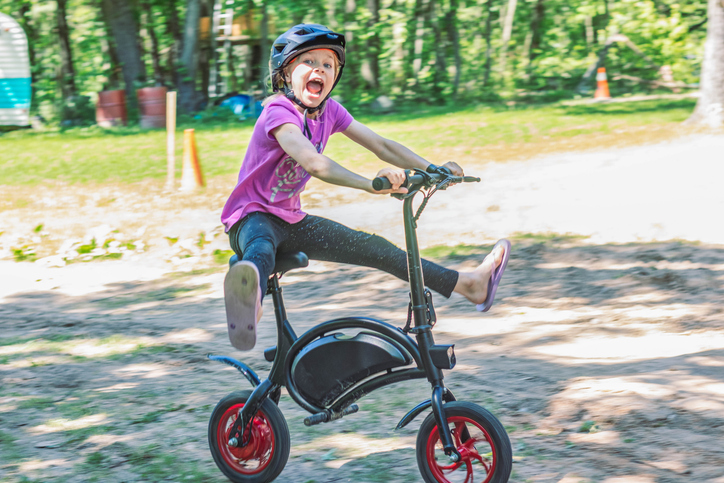
There’s something for everyone, from gravel bikes and mountain bike styles to folding electric bike designs for compact storage. Folding e-bikes combine classic aesthetics with modern e-bike technology, offering versatility and functionality. Road bikes with electric power provide higher top speeds for distance riders, while city bike models are perfect for short trips. Rear turn signals are a key safety feature, enhancing visibility during commuting.
If you’re considering a new bike, visiting local bike shops to test e-bikes is a great way to compare features and find your fit. Many dealer networks now carry both electric and regular bikes, offering the best of both worlds. Folding e-bikes are ideal for tight spaces, fitting seamlessly into small areas such as car trunks, office corners, or limited apartment spaces.
Final Thoughts: Which Bike is Right for You?
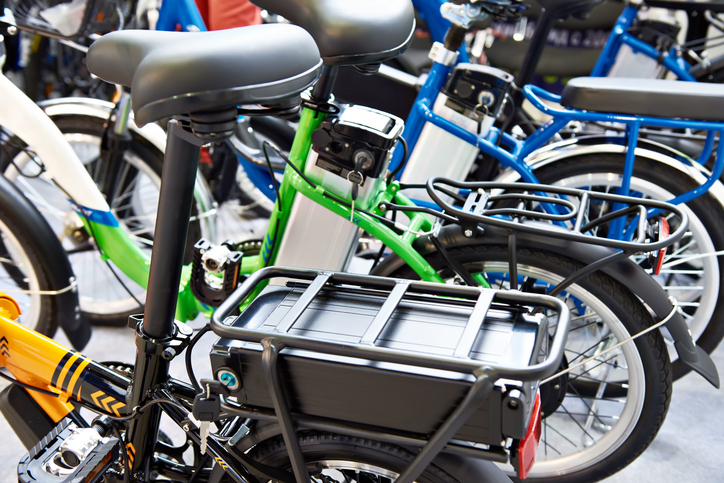
In the debate of electric bikes vs traditional bikes, the correct answer is how you’ll use it. Want to replace car trips, navigate bike paths, or tackle steep hills? Your best bet is an electric bike with a powerful motor for enhanced propulsion capabilities and pedal assist. Prefer simplicity and a classic ride? A traditional motorcycle offers timeless value.
Class 3 e-bikes can have speed limits set by their configurations, so it’s vital to adhere to local regulations regarding these limits. Whichever you choose, cycling—electric or not—is an innovative, sustainable travel method. Stay active, have fun, and explore your world on two wheels!

